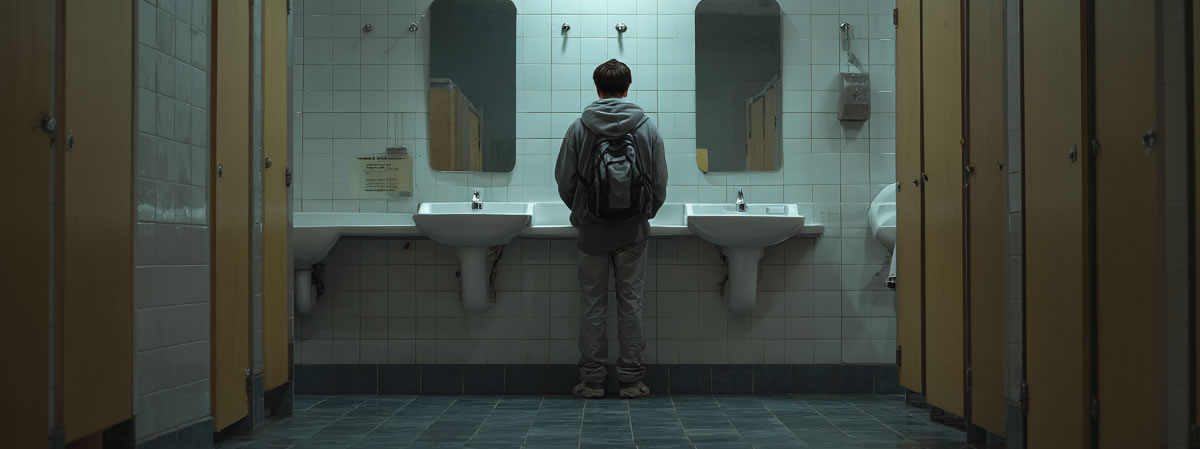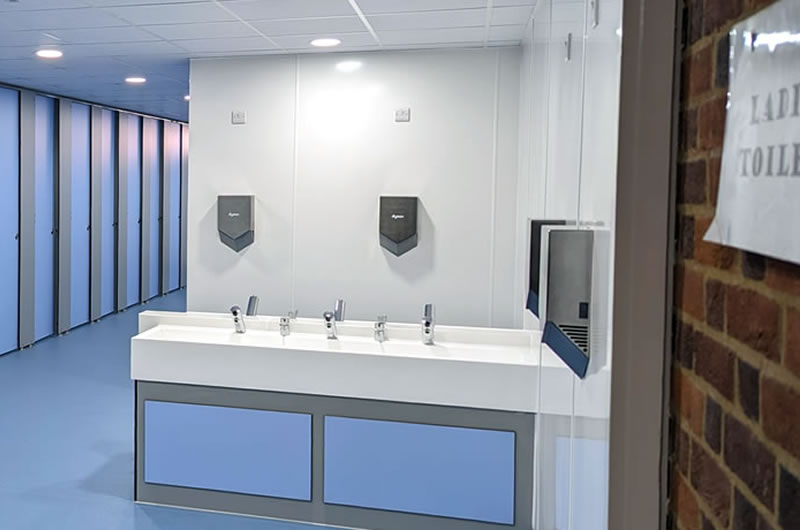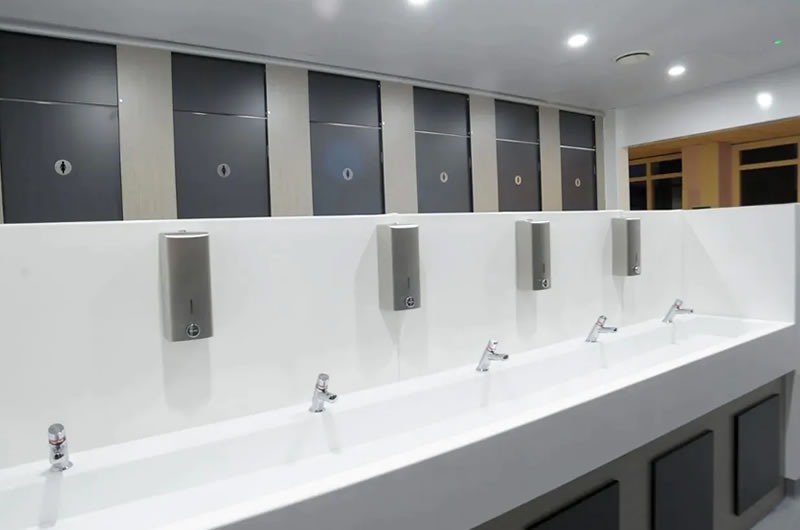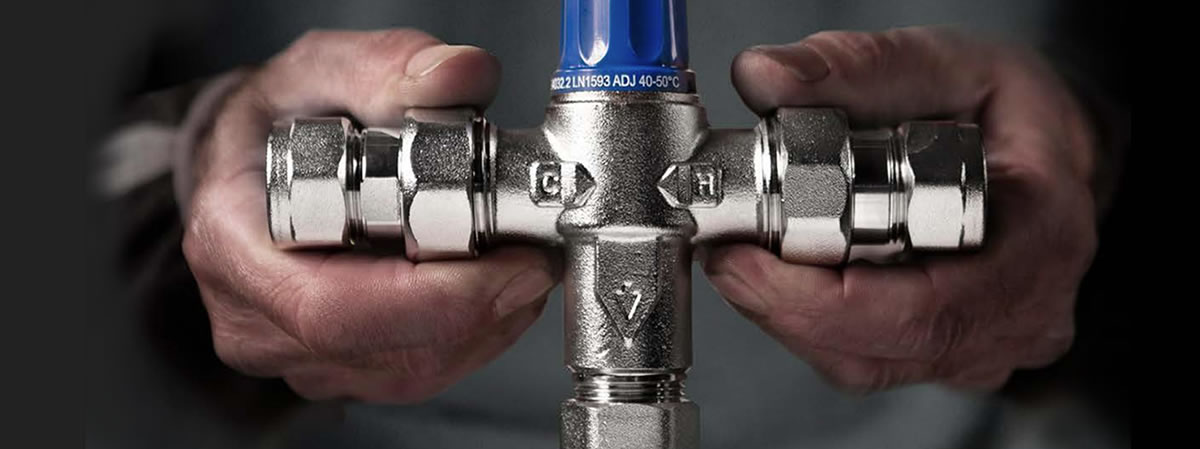Using Washroom Design to Tackle Antisocial behaviour in school toilets

Antisocial behaviour Mitigation in Washrooms
In a recent ‘House of Commons Bullying in UK Schools Report’ , it was estimated that 17% of young people aged 10 to 15 in England were bullied in a 12 month period, in a way that made them feel frightened or upset. 60% of those bullied have experienced physical bulling, 89% have fallen victim to verbal bullying, while 18% have suffered theft or damage to their property.
Washroom in School are increasingly recognised as troublesome hotspots for bullying in schools, with some children even avoiding using the toilet facilities altogether.
A staggering 32% of bullied students reported incidents occurring at least once a week, with 12% of school bullying taking place in Washrooms and locker rooms. Sadly, 41% of students said they believe the bullying they experienced would happen again after the first incident.
Students who are victims of bullying are at increased risk of depression, anxiety, sleep difficulties, lower academic achievement and even dropping out of school. Bullying can also have an immediate effect on a student’s physical health, with victims often experiencing more regular headaches and stomach aches.
Washrooms are often targeted by bullies due to their relative privacy and lack of supervision so you have to take away some of the Privacy.




Washroom areas are increasingly recognised as troublesome hotspots for bullying in schools, with some children even avoiding using the toilet facilities altogether.
A recent Project completed by Commercial Washrooms Limited at Saint Annes Girls School in Southampton highlights improvements in the way that Antisocial Behaviour is managed in modern Schools, from it's open-plan layout, Washroom Products for Schools Products like sensor taps and privacy cubicles and a few other ingenious ideas including:
- Floor-to-ceiling Toilet cubicles prevent privacy being compromised. Camera Phones cannot fit below or above floor-to-ceiling Toilet Cubicles and the extra privacy means that CCTV cameras can be fitted inside the Washroom area.
- These Toilet Cubicles are made from high-abuse Solid Grade Laminate that is also waterproof and the School Toilet Cubicles are fitted with anti-vandalism hardware.
- Floor-to-ceiling toilet cubicles do also allow for unisex toilets if space is a constraint in schools and colleges
- Open plan designs with no entrance doors also paradoxically improve student safety, removing the entrance doors to the washroom area actually increases student security. Teachers can see into the washroom area as they pass by.
- Sensor Taps save water and reduce the risk of vandalism by flooding, sensor taps react to movement to give a short flow of water
- Non-concussive taps do they same thing as sensor taps, you just push the top to deliver a timed flow of water when activated and then automatically shut off. Gone are the days where students would block the plug hole with toilet paper and then leave the tap running to flood the washroom!
- Another antisocial measure is Anti-concealment ceiling tiles. This prevents students from hiding contraband above the Toilet Cubicles. These can take the form of ordinary ceiling tiles that are clipped into place, preventing lifting or by making the area above the toilet cubicles a solid ceiling
- Mirrors are removed from washrooms not only preventing injury from broken glass but also reducing time-wasting and 'hang time'. Students should be in lessons, not hanging around in the Washrooms!
- Hygienic wall cladding like that available from Alto offer numerous benefits, including enhanced hygiene, durability, and ease of maintenance, making it ideal for environments prioritizing cleanliness schools. It prevents bacterial growth, resists stains and prevents antisocial damage.
- Removing hidden space with clever Washroom Design and prevent blind spots from CCTV or from passing Teachers in open-plan Washrooms.
Beyond the Washroom
Raising awareness about the impact of antisocial behavior in the classroom and promoting respectful use of Washroom Facilities can also help create a more positive environment.
Involving students in the Washroom Design and upkeep of Washrooms can promote a sense of ownership and responsibility, reducing the likelihood of vandalism and other issues.
It is worth creating clear and accessible reporting channels for students who witness Bullying or Antisocial behavior - by implementing these strategies, schools can create washrooms that are safe and respectful spaces for all students as well functional and hygienic.
School Washroom Antisocial Behavior FAQs
Are CCTV systems allowed in School Toilets?
Yes, in an open-plan Washroom that has Floor-to-ceiling Cubicles CCTV is a good way of monitoring Truancy and Antisocial behavior in School Washrooms. CCTV should never be installed inside cubicles or where floor-to-ceiling Cubicles are not in use, for instance if Urinals are being used.
What is the best way to prevent deliberate flooding in School Toilets.
Sensor Taps and Non-concussive Taps both provide a timed flow of water - typically 20 seconds. This helps to prevent vandalism by blocking the plughole and leaving the taps running.
How can Hygienic Cladding help with antisocial behaviour?
Using Hygienic Cladding like Altro Whiteroc on School Walls means that Grafiti can more easily be cleaned.
What is considered antisocial behaviour in school toilets?
Antisocial behaviour includes truancy, bullying. vandalism (e.g., graffiti, damage to cubicles), vaping/smoking, loitering, misuse of facilities, or any behaviour that makes others feel unsafe or uncomfortable.



